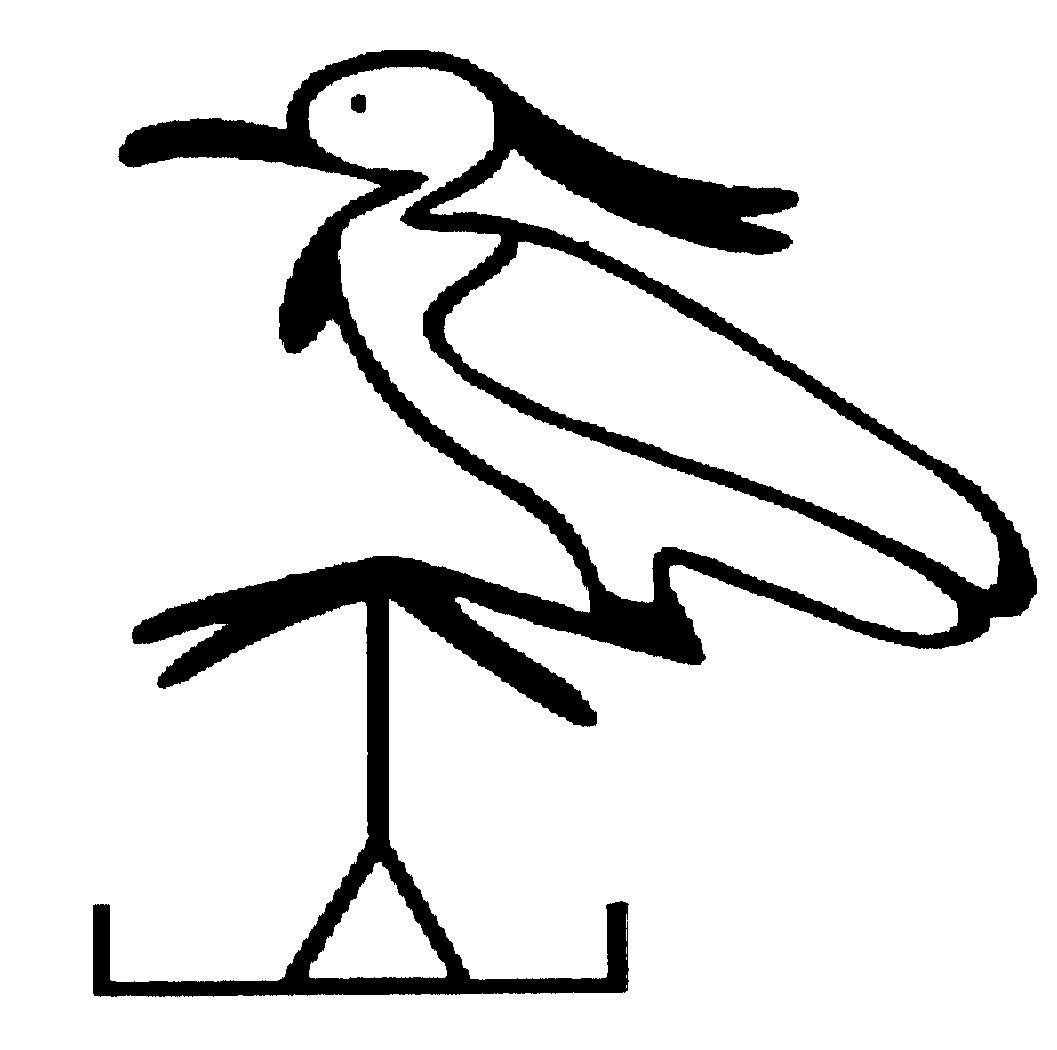The spirits (pure) are intimately connected with how life returns to the 'upside down' ('inundated') land, how the birds of life are once again alighting upon the earth:
According to Richard H. Wilkinson, Hieroglyfernas värld, the benu bird was a heron (Ardea cinerea - cǐnis = ashes, rehu) and "... standing for itself on an isolated rock or on a little island in the middle of the water the heron was an appropriate image for how the first life appeared on the primary hill which arose from the watery chaos at the time of the original creation ... Similarly to the sun the heron rose up from the primary waters, and its Egyptian name, benu, was probably derived from the word weben, to 'rise' or 'shine'. This magnificent wader was also associated with the inundations of the Nile ... As a symbol for the sun the heron was the sacred bird of Heliopolis [helios = sun, polis = city], which became the mythical phoenix of the Greeks. Without doubt through its association with the descending and rising sun the heron was comprehended as lord over the royal jubilee of rejuvenation, which was staged for a pharao who had reigned in thirty years." From this perspective it is possible to see a kind of logic in the myth about the first Ariki Motogi (Ko Oto Uta), cfr at Kaffaljidhma and Mira:
I guess the 3 + 1 pure spirits could be represented at the beginning of the K text as the 3 islets (ga kope, fellows) where the manu tara birds alighted 'in the early morning' each year after having returned from abroad (Hiva):
The O in Pure O presumably represents the 'Wheel of Time' when it has completed a round, possibly in 'May 25 (day 145 of the Gregorian calendar). We should compare with the Chinese moon stations, with a head at Heka and with 3 stars (like life spirits) at the Belt of Orion:
There are 29 nights from Heka to ρ Gemini. | |||||||||||||||||||||||||||||||||||||||||||||||||||||||||||||||||||



